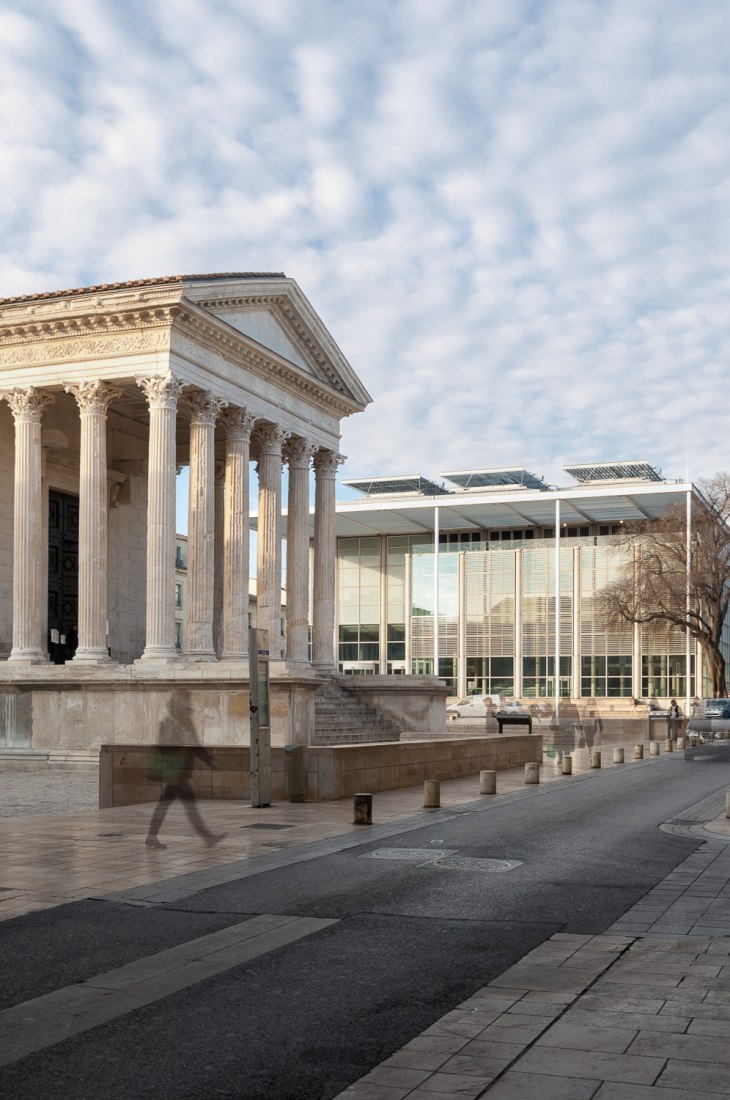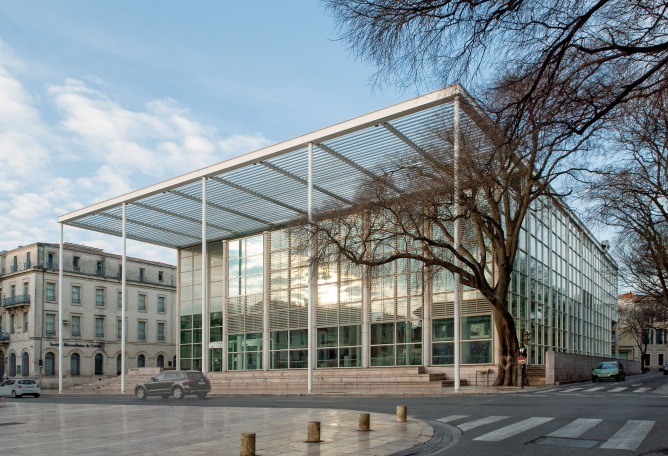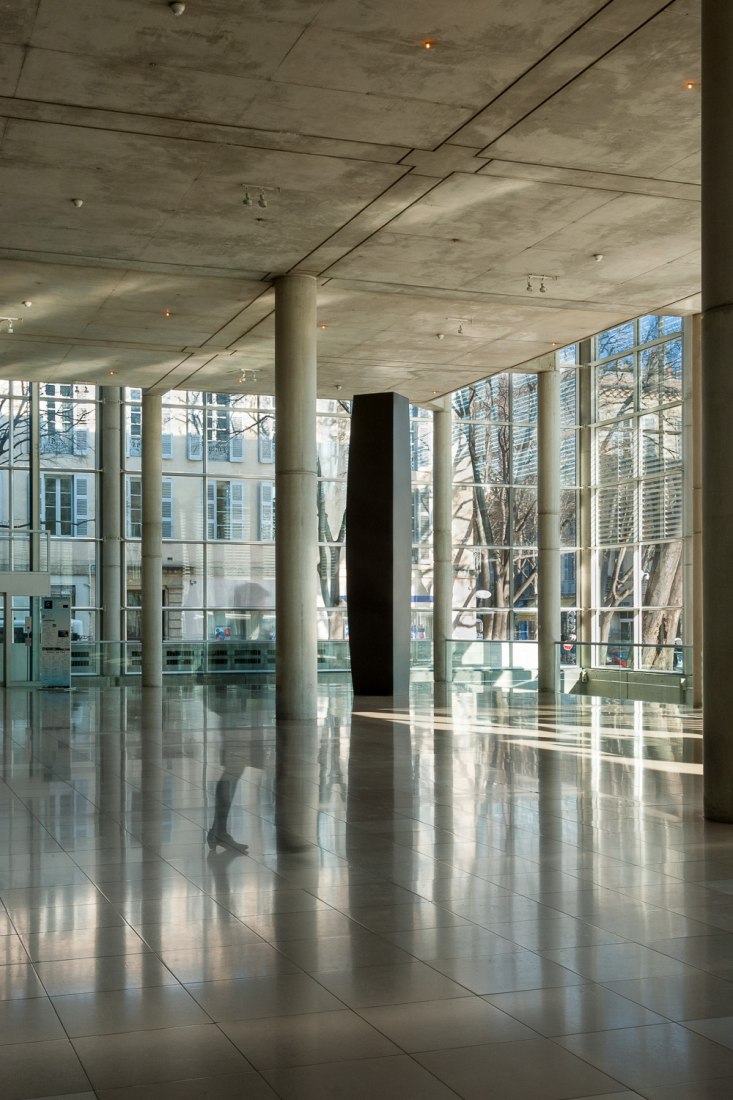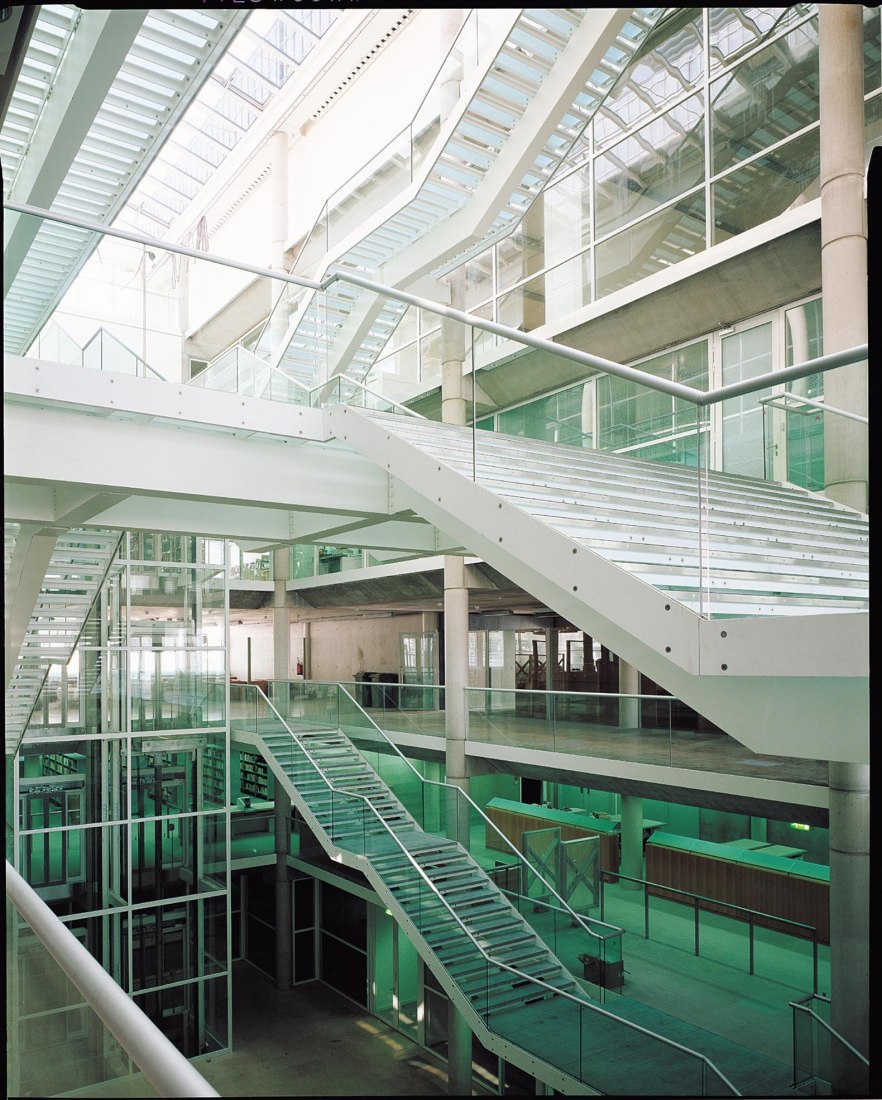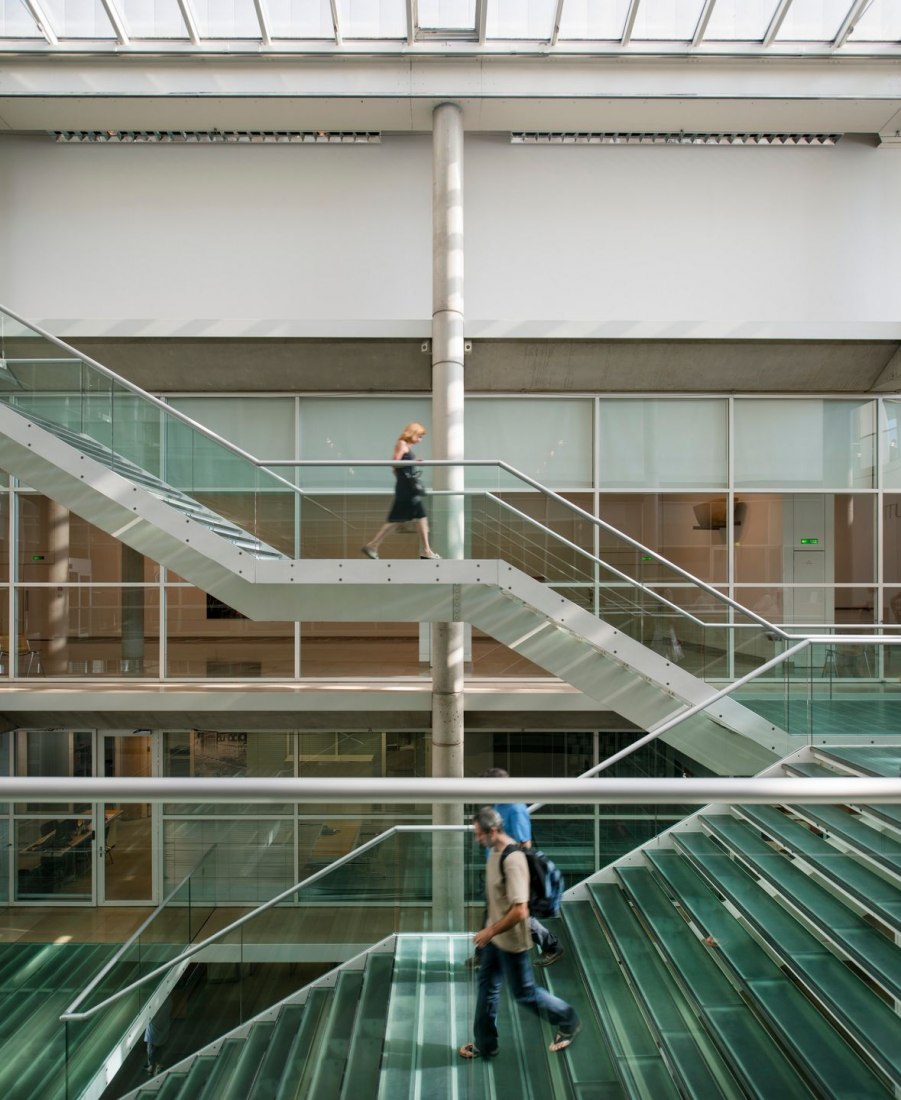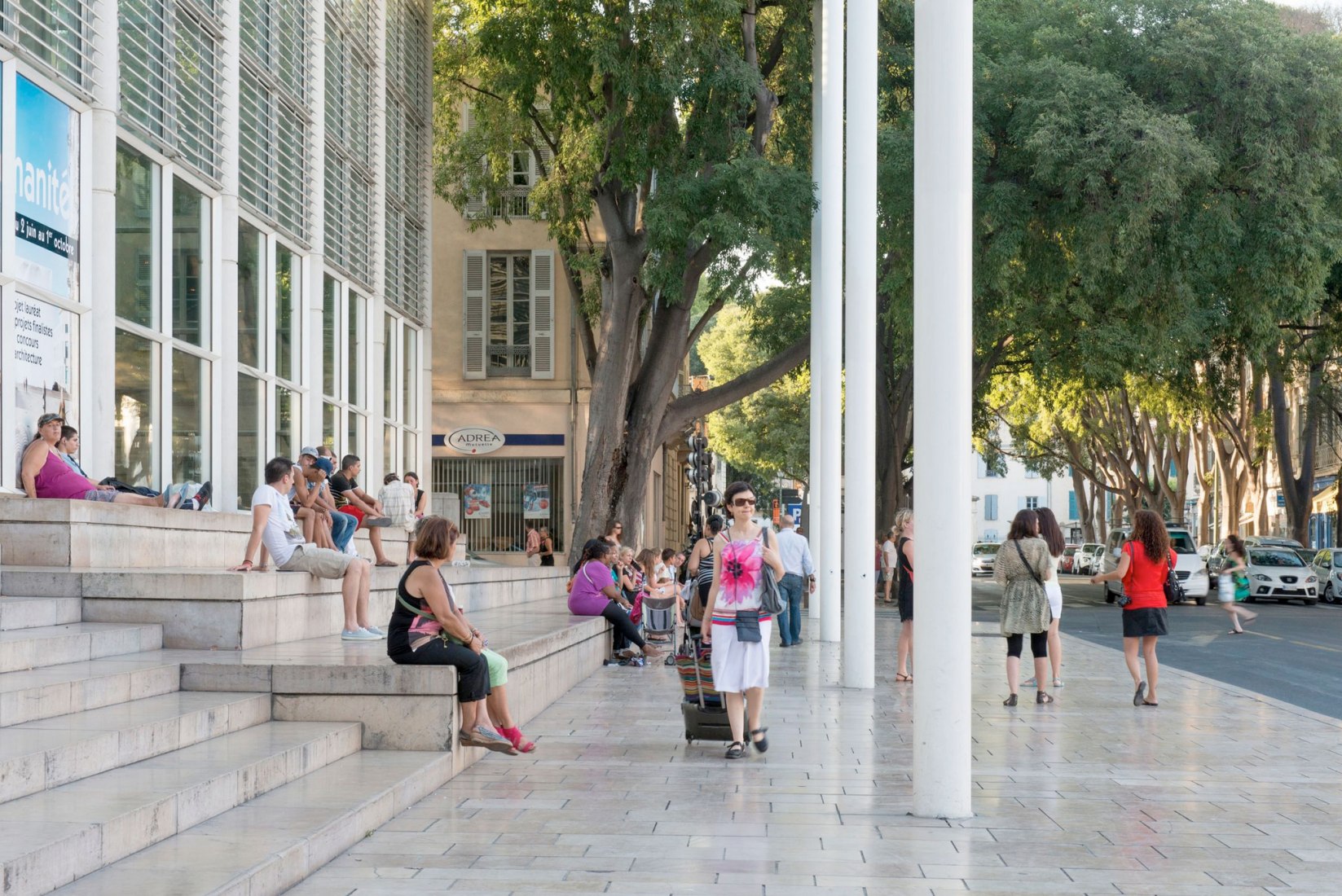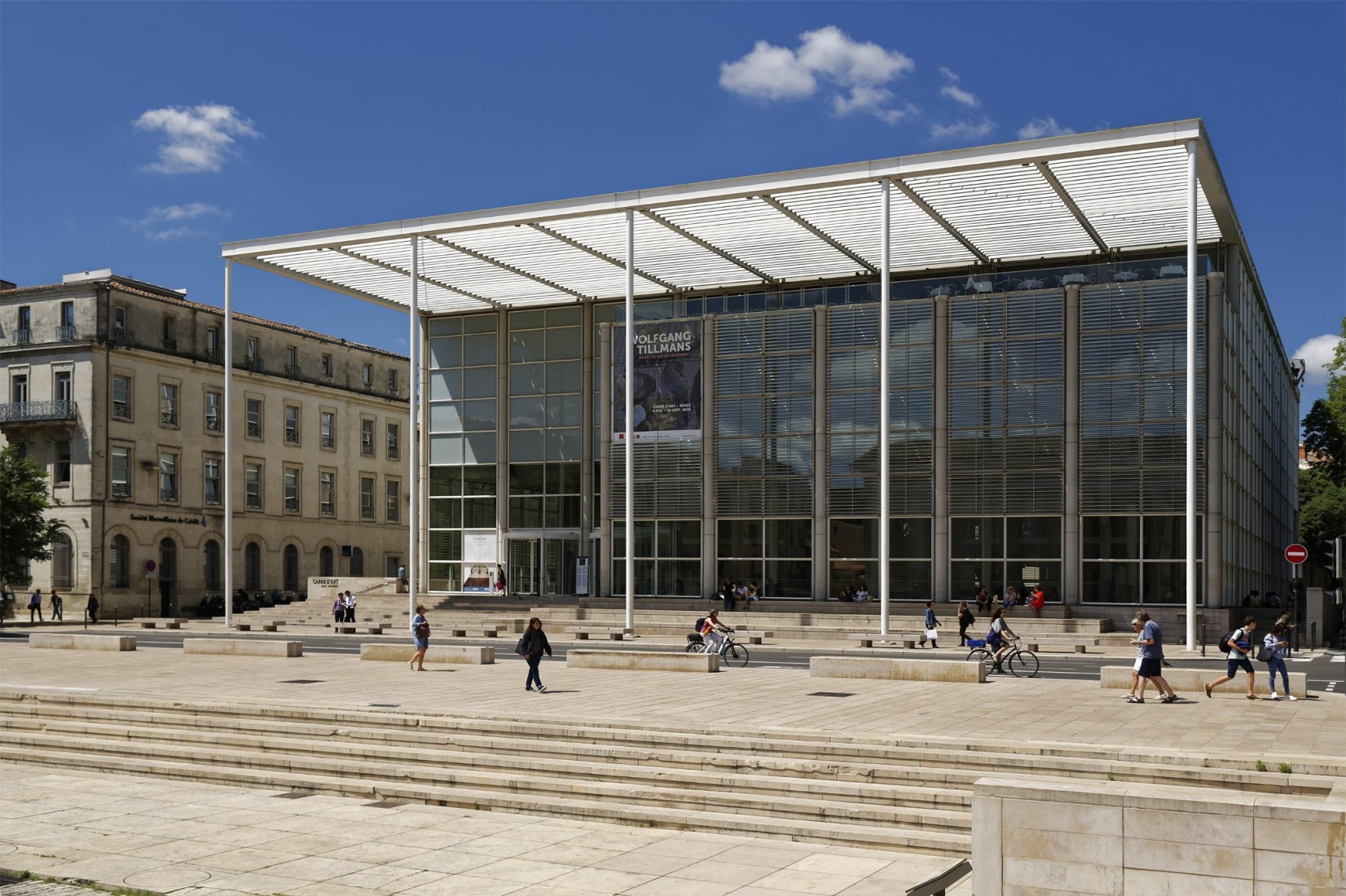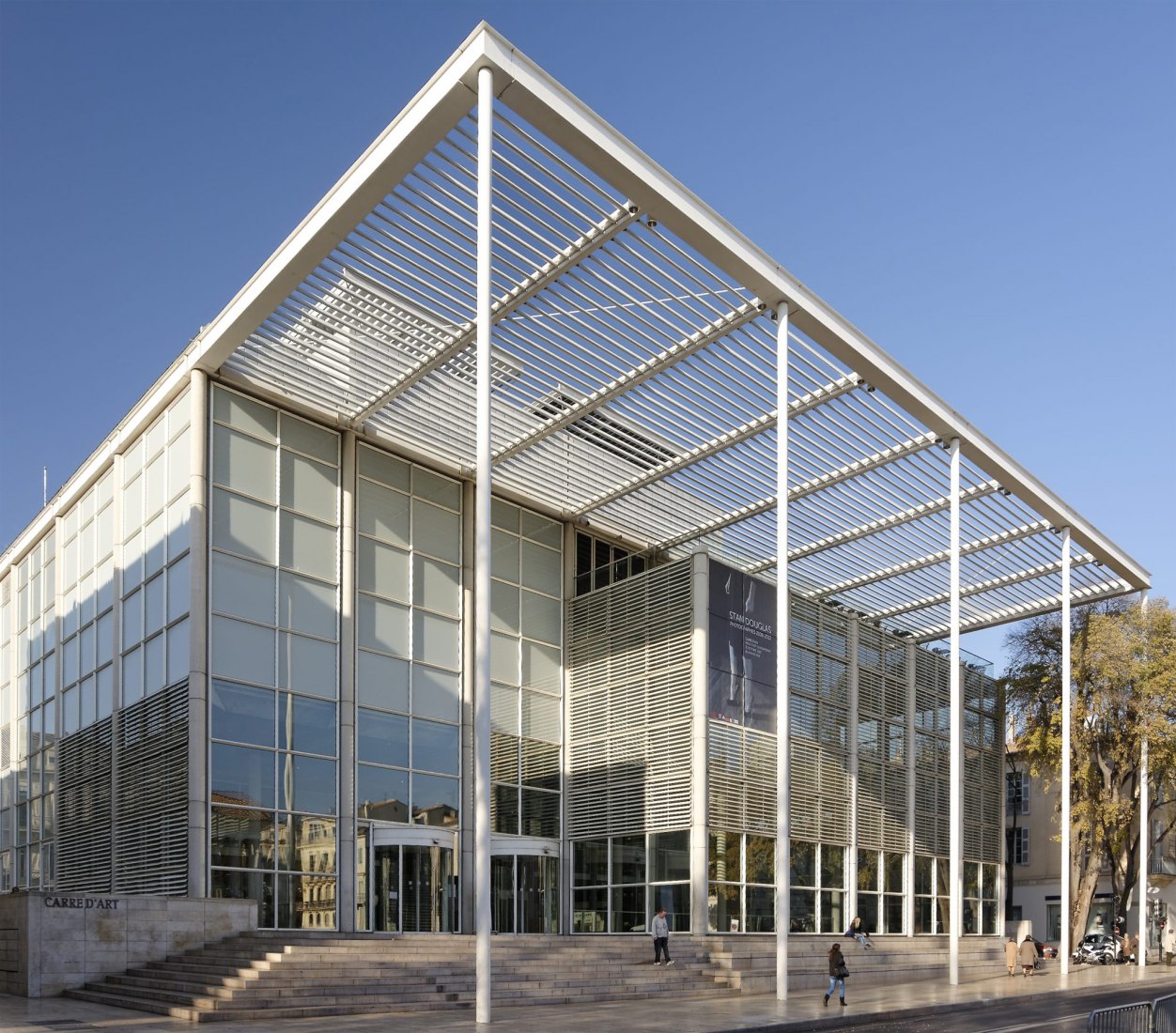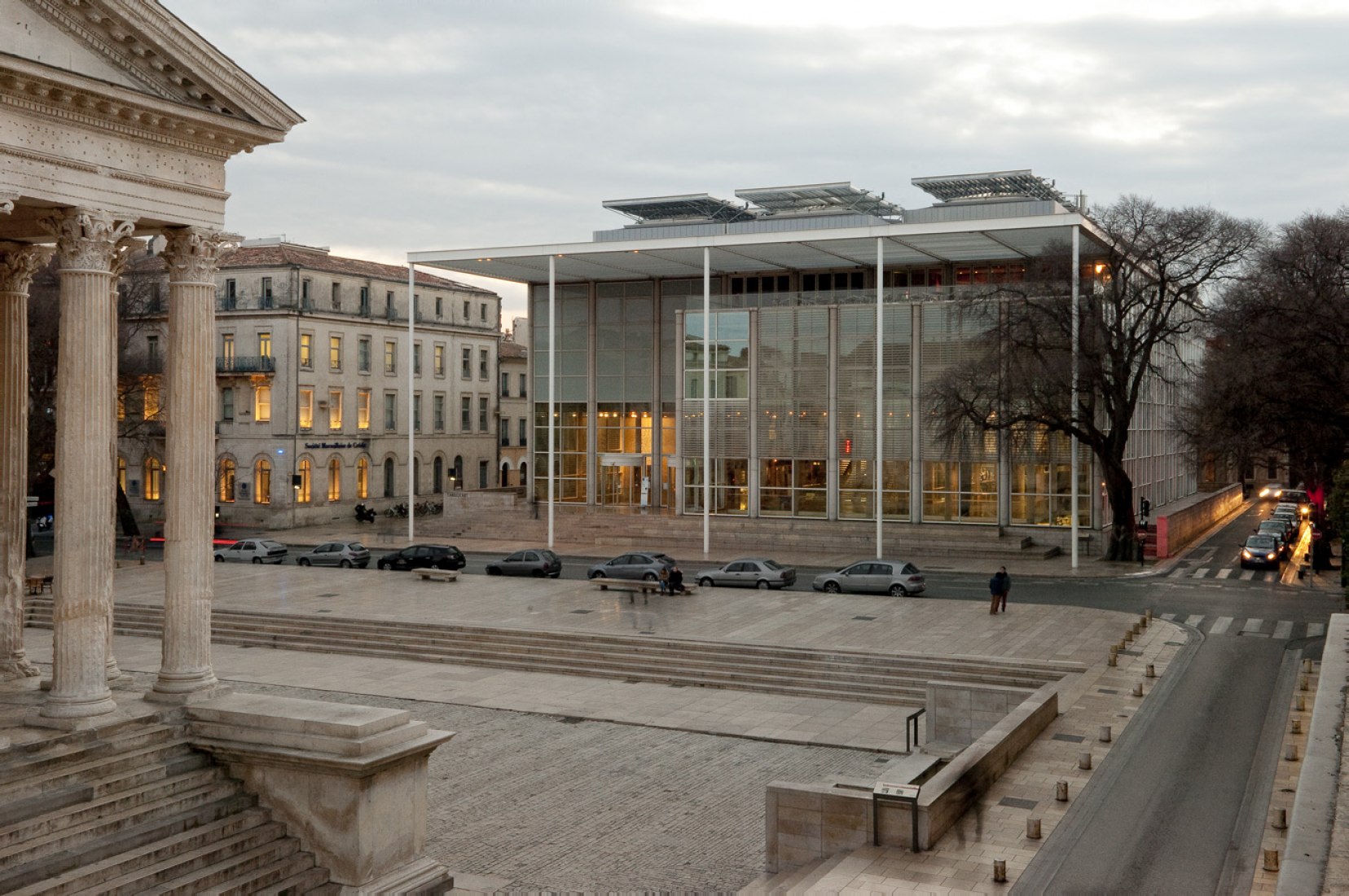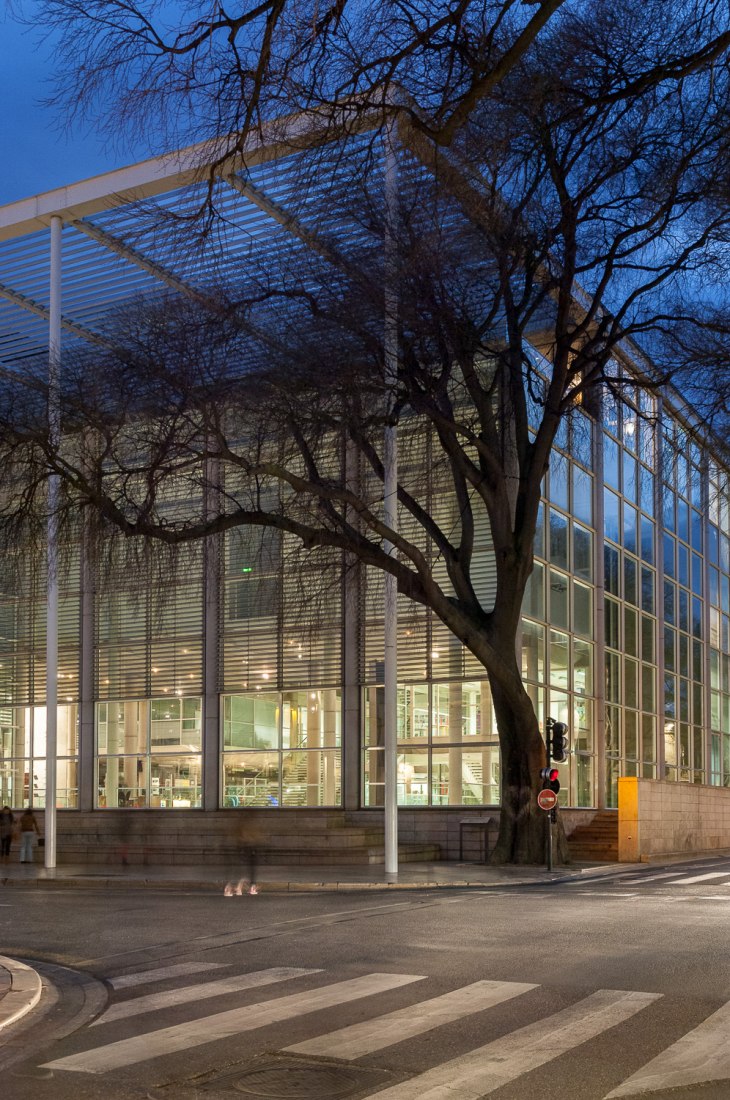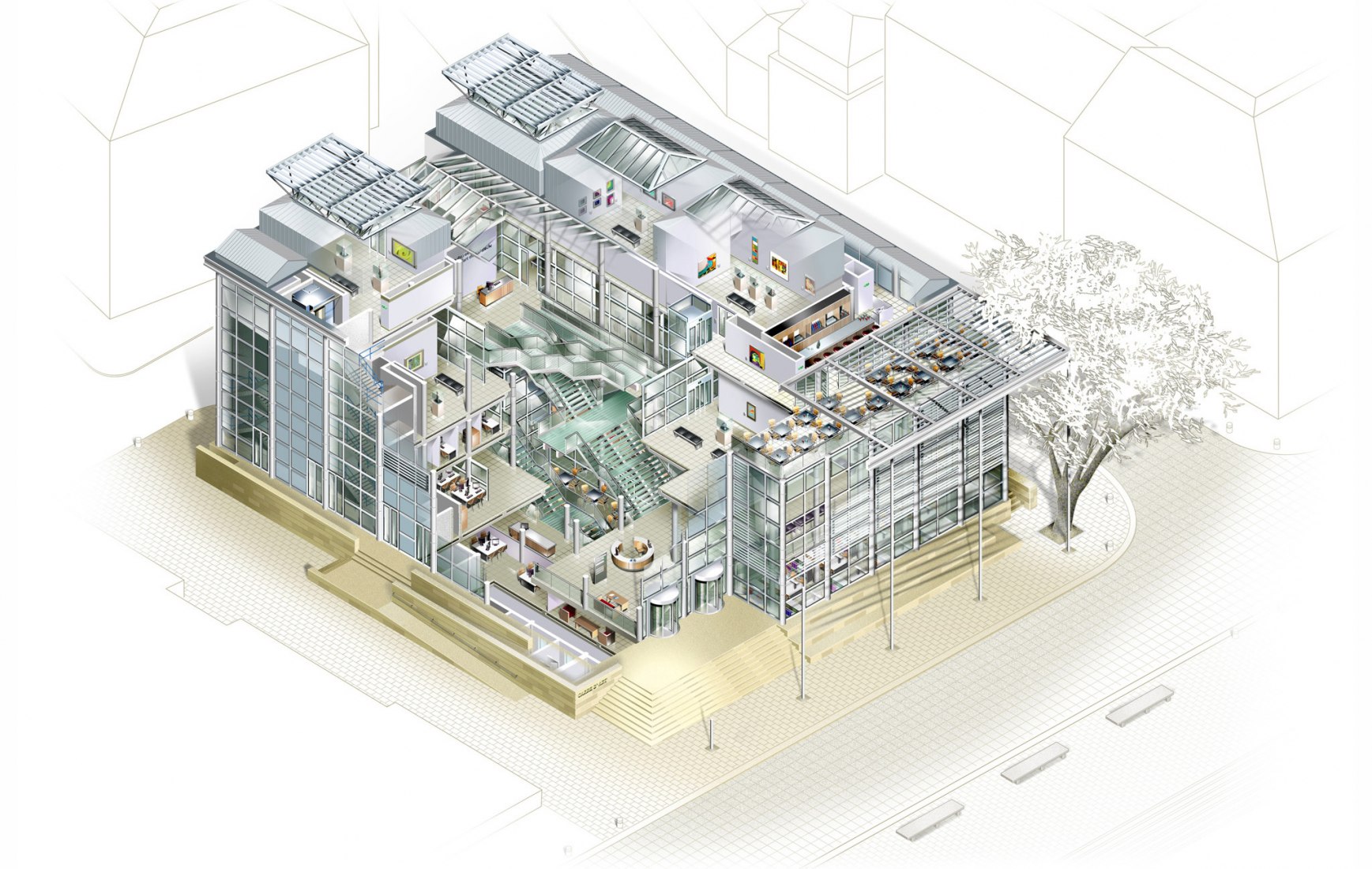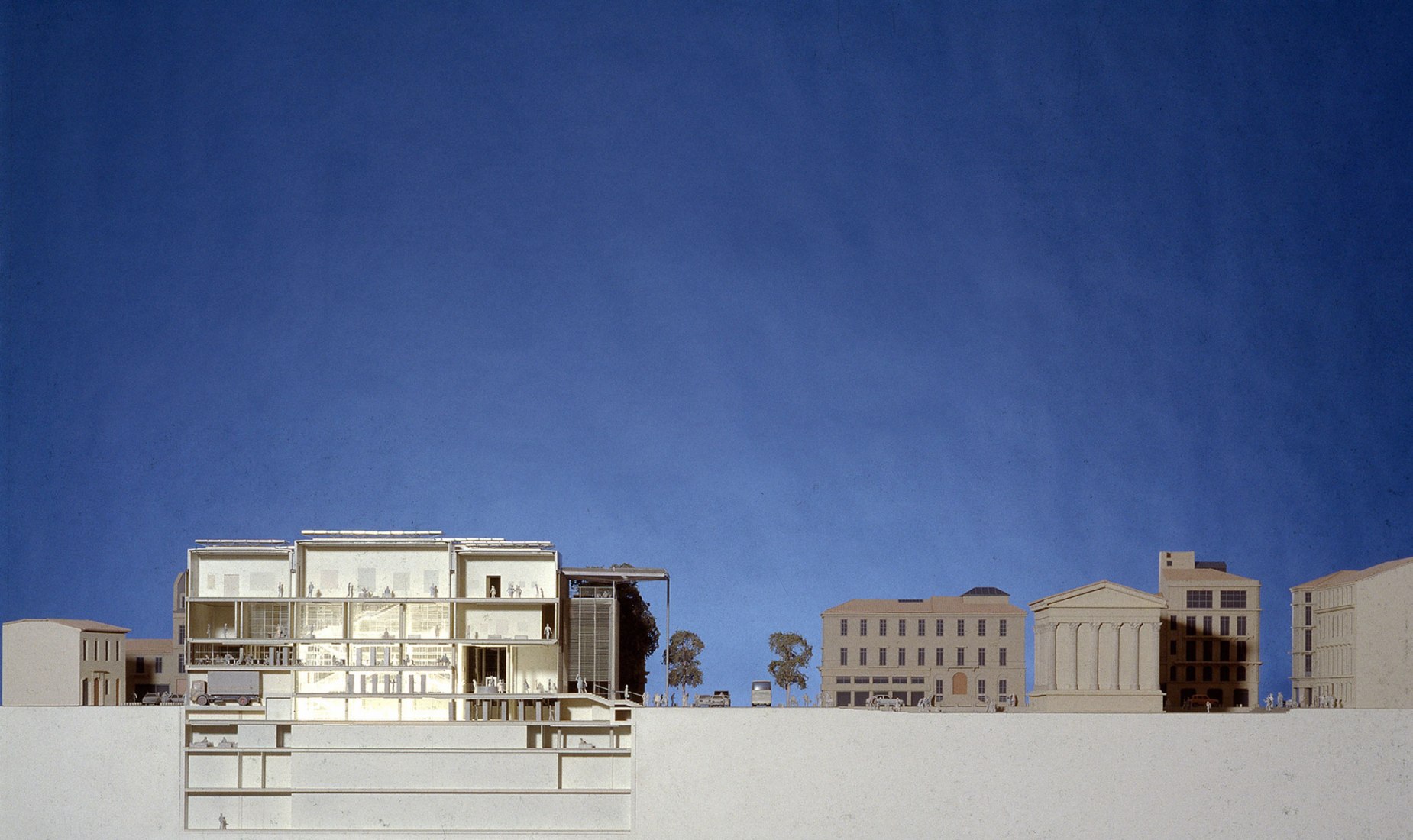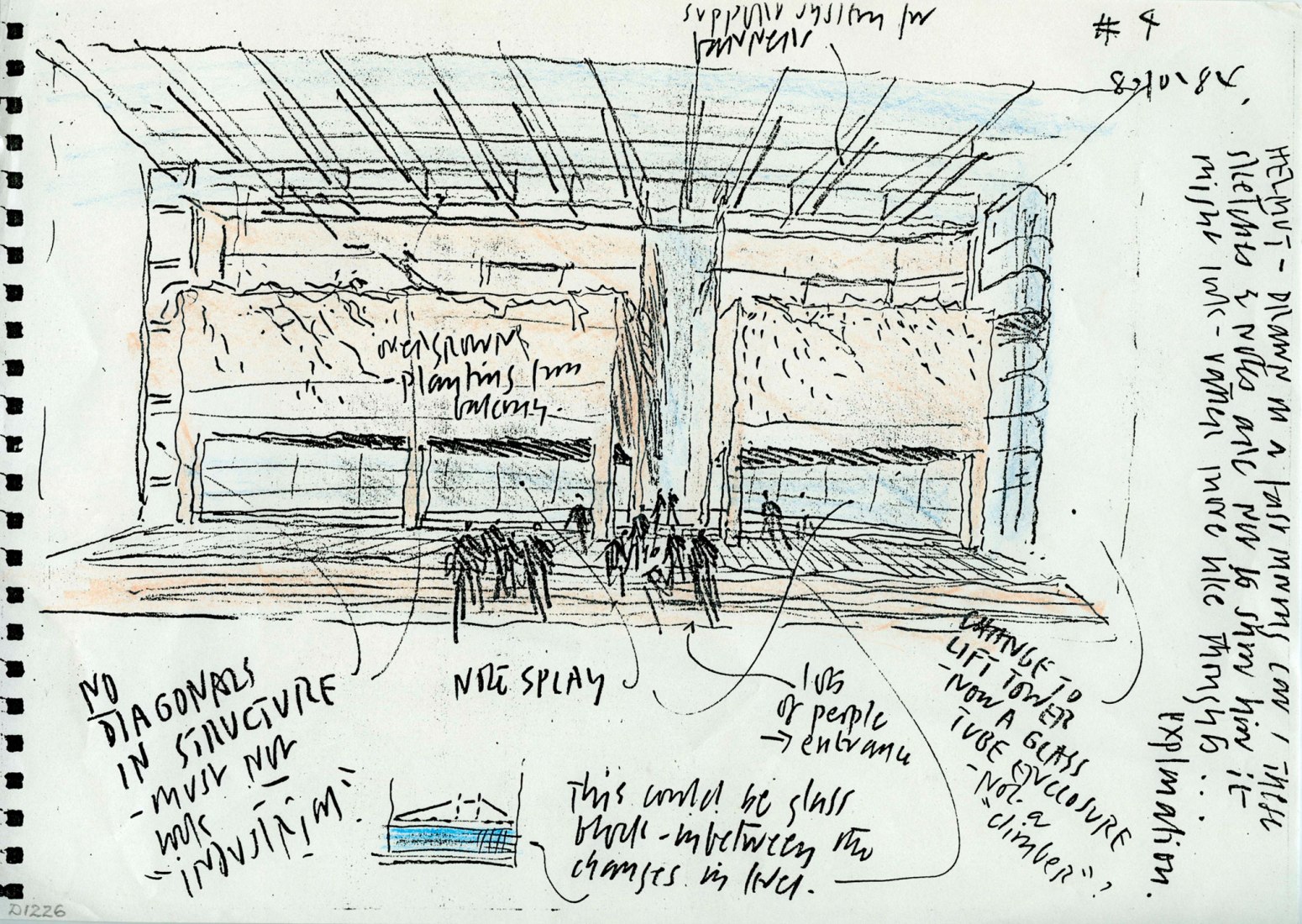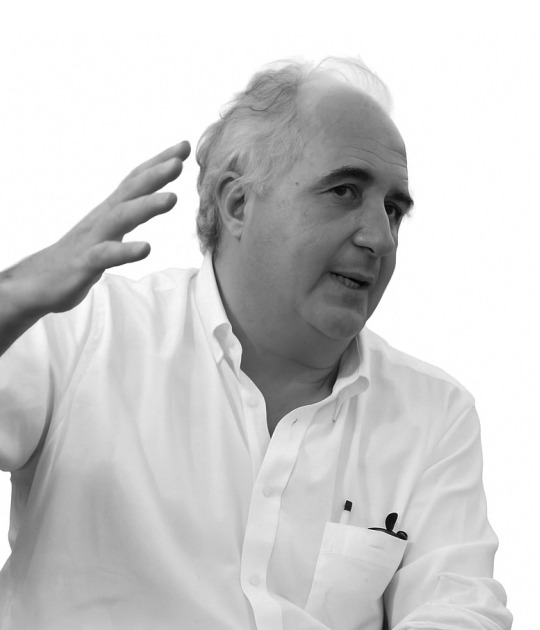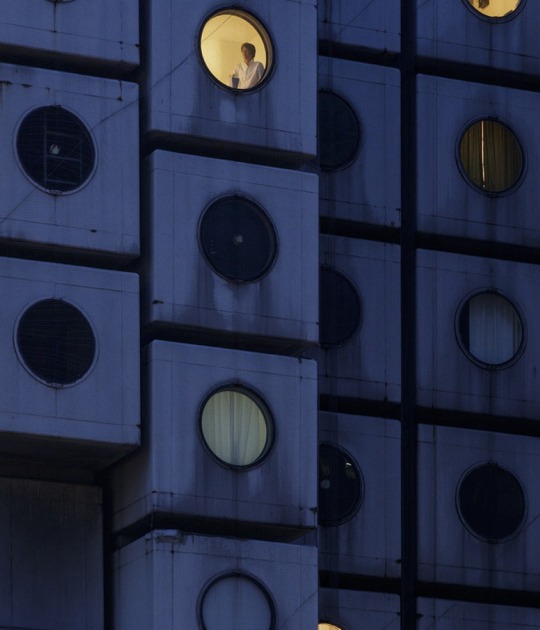Norman Foster.'s work followed a journey that started from a scenario more concerned with the mechanical vision of the building and its technological, even environmental, complexity, as occurs with his first collaborations with Buckminster Fuller, passing through a period of more expressive structural skeletons such as the HSBC in Hong Kong, and occupations of somewhat uncritical urban centres as is the case with Ipswich, going through more attentive views in which its dialogue with urban complexity is accentuated, as in the Sackler Galleries in London. This last contemporary was in the nineties of the Carré d'Art.
The Carré d'Art Nimes put to the test the attention span and sensitivity of the British architect to intervene in delicate and complex environments defined by heritage and historical memory, in which he abandons an expressive structural image for a refined, more subtle language.
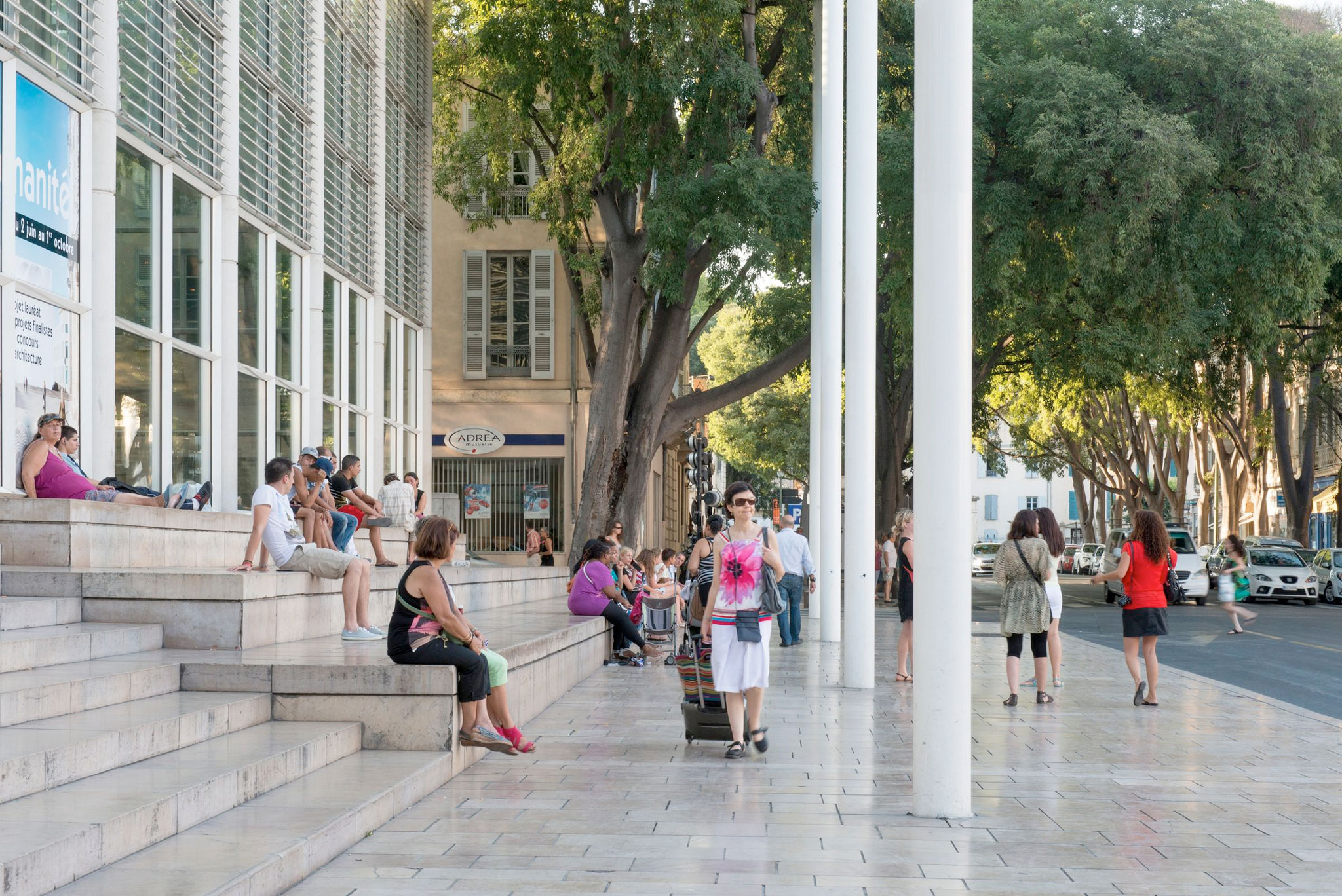
Carré d’Art–Musée d’art contemporain by Foster + Partners. Photograph by Niguel Young.
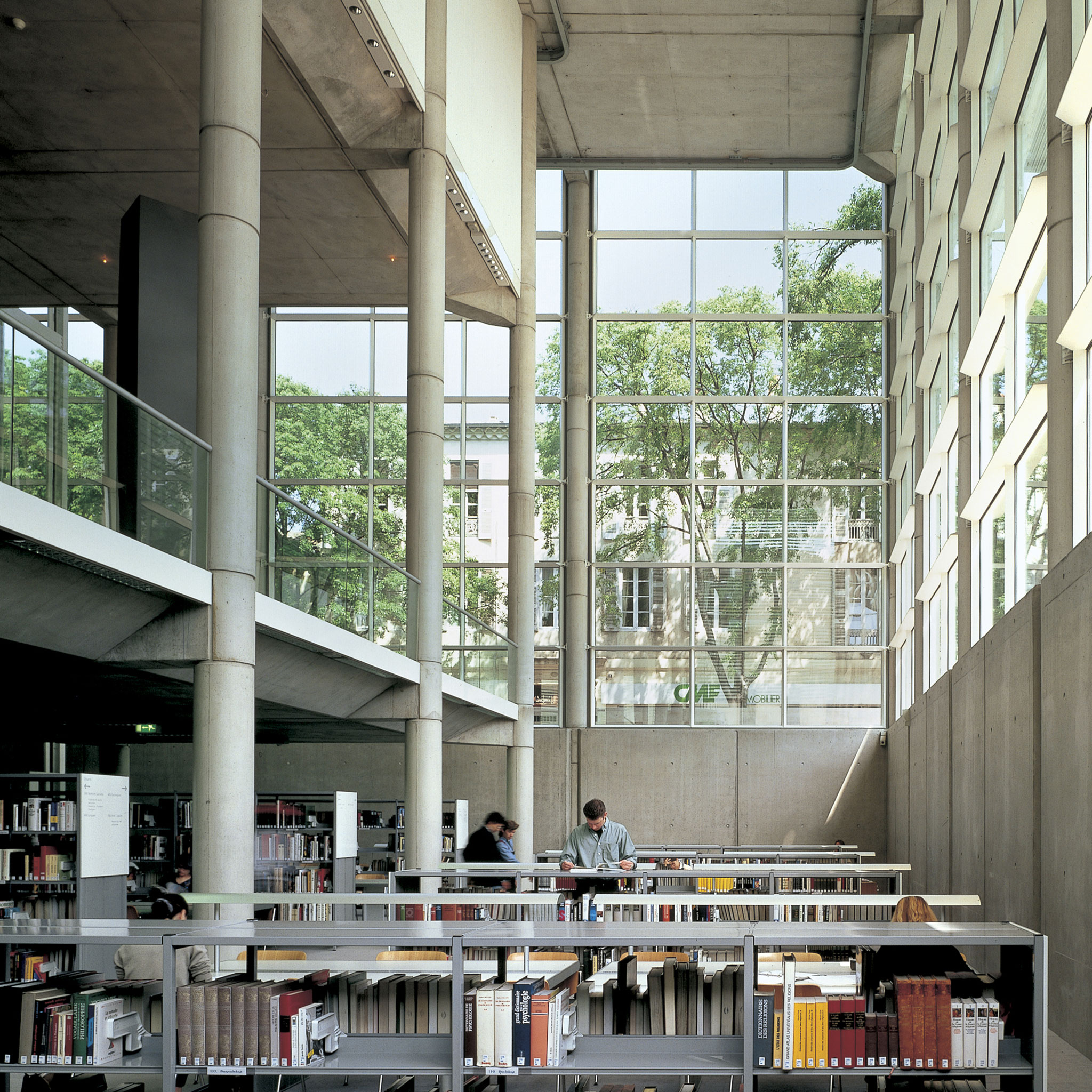
Carré d’Art–Musée d’art contemporain by Foster + Partners. Photograph by Rudi Meisel.
The building is a work in glass, concrete and steel whose result is a large rectangular parallelepiped with nine floors, half of which are below ground level. Made of glass with lines of perfect purity, one of its main characteristics is its transparency.
Another essential element of this architectural design is a central atrium, inspired by the inner courtyards of the traditional homes of Nimes, which is topped by a glass roof that allows for a maximum amount of light to penetrate within.
The museum collection was begun in 1986, is one of the most extensive contemporary art collections, both nationally and internationally and includes over 600 items extending from 1960 to the present day.
Its backbone is formed by the representation of movements that came into being in the south of France, such as New Realism, Support-Surface and Figuration Libre. The collection hangings are renewed every year, enabling an in-depth approach to such major artistic movements. Focusing on paintings, sculpture and to a lesser extent photography and video, it is rich enough to be able to address new issues in painting and question the presence of the object or of private mythology in contemporary art.
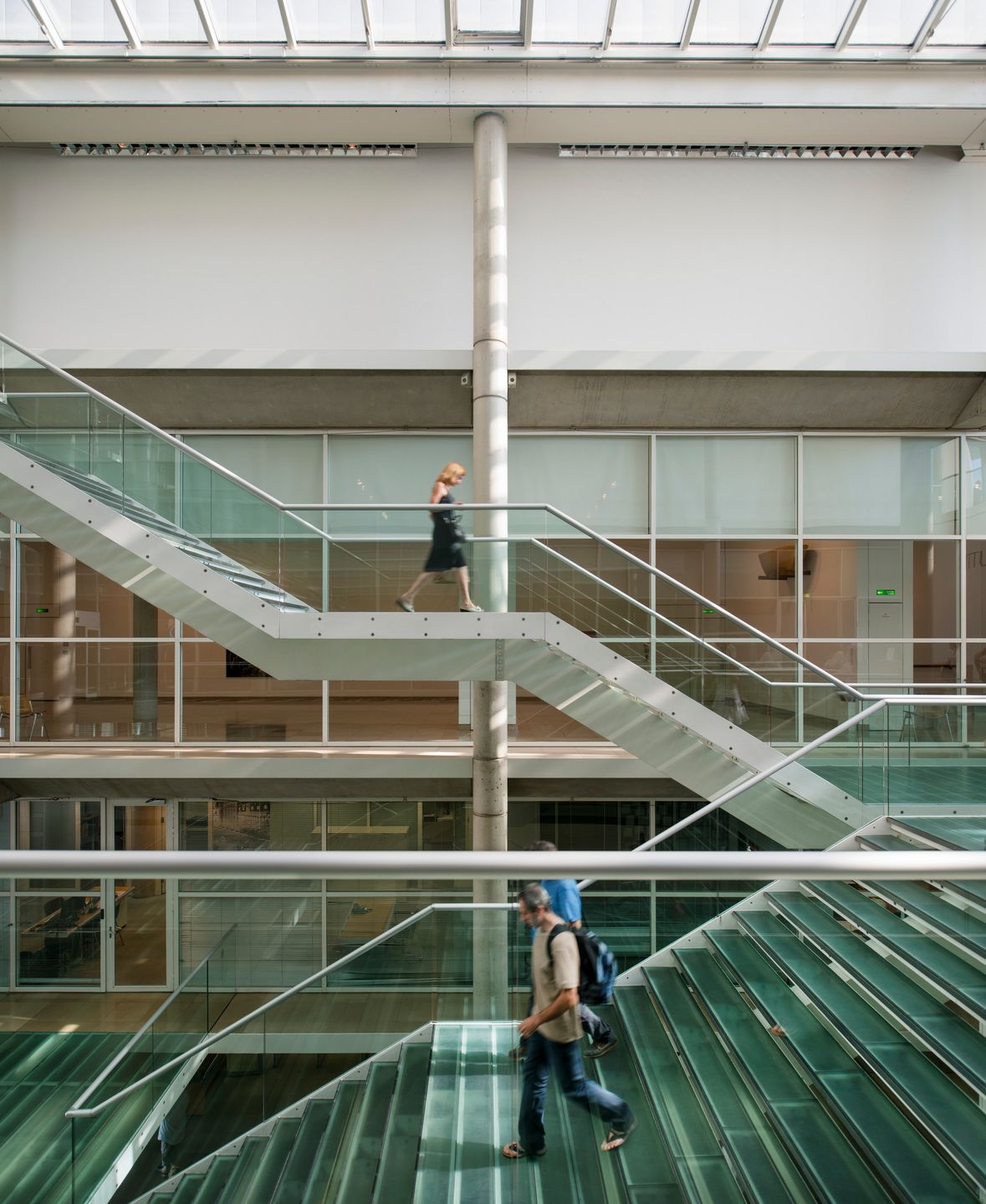
Carré d’Art–Musée d’art contemporain by Foster + Partners. Photograph by Niguel Young.
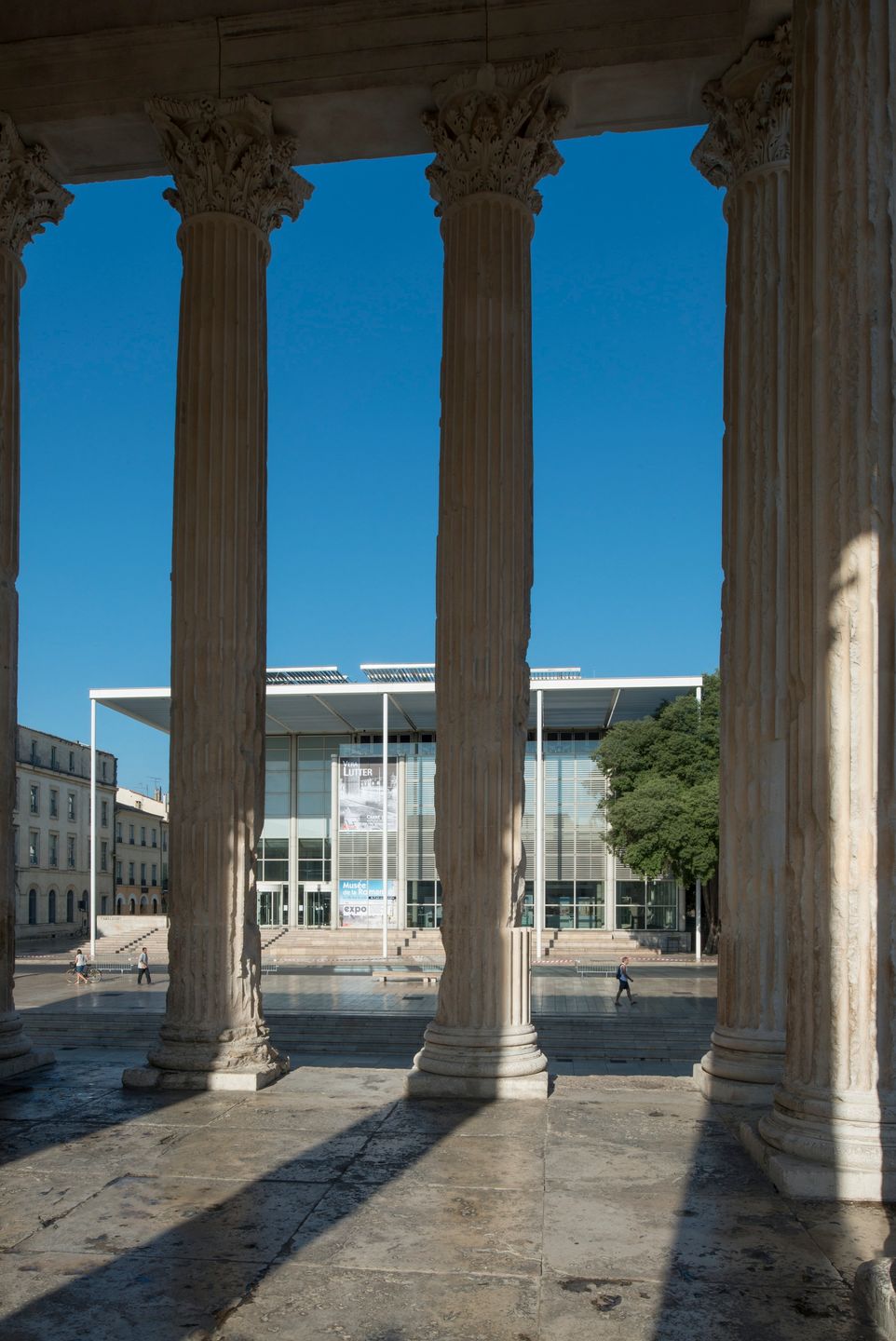
Carré d’Art–Musée d’art contemporain by Foster + Partners. Photograph by Niguel Young.
Project histoy description by Foster + Partners
Médiathèques exist in most French towns and cities. Typically they embrace magazines and books as well as music, video and cinema. Less common is the inclusion of a gallery for painting and sculpture. In Nîmes, the interaction within the same building of these two cultures – the visual arts and the world of information technology – held the promise of a richer totality. The urban context of Nîmes was also a powerful influence. The site faces the Maison Carrée, a perfectly preserved Roman temple. The challenge was to relate the new to the old, but at the same time to create a building that represented its own age with integrity.
The Carré d’Art is articulated as a nine-storey structure, half of which is cut into the ground, keeping the building’s profile low in sympathy with the scale of the surrounding buildings. At the heart of the plan is a glass-roofed atrium, with a cascading staircase, which references the courtyard vernacular of the region. This space exploits the transparency and lightness of modern materials to allow daylight to permeate all floors. The lower levels house archive storage and a cinema. Above are two library floors, with art galleries on the upper two levels. A reception space on the uppermost floor opens out to a shaded café terrace overlooking a new public square.
The creation of this urban space was an integral part of the project. Railings, hoardings and parked cars were banished and the space in front of the building was extended to create a pedestrianised place – a new social focus and an appropriate setting for the Maison Carrée. Lined with café tables and thronged with people, the square has reinvigorated the social and cultural life of Nîmes. Together with these urban interventions, the Carré d'Art shows how a building project, backed by an enlightened political initiative, can provide a powerful catalyst for reinvigorating the social and physical fabric of a city.

